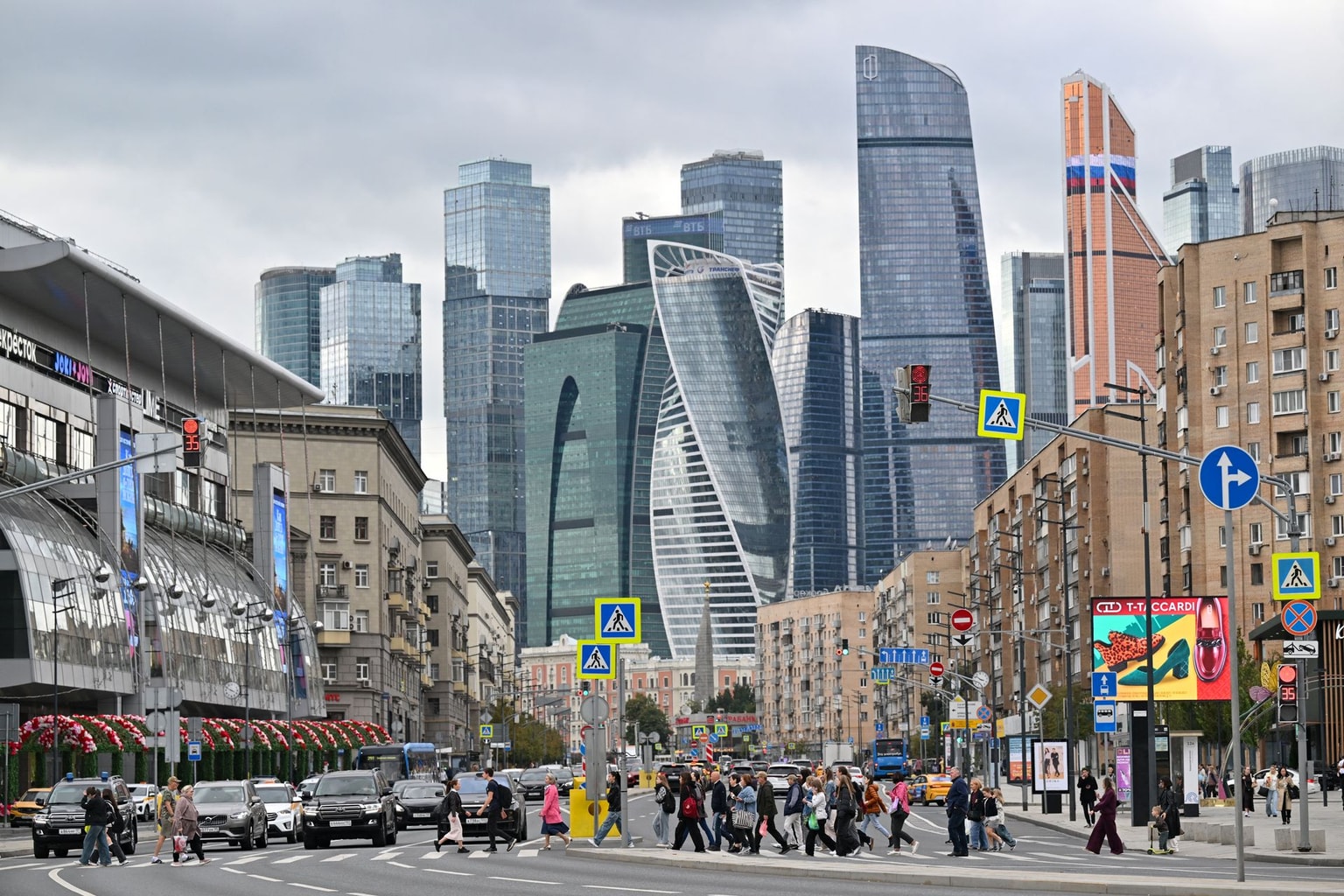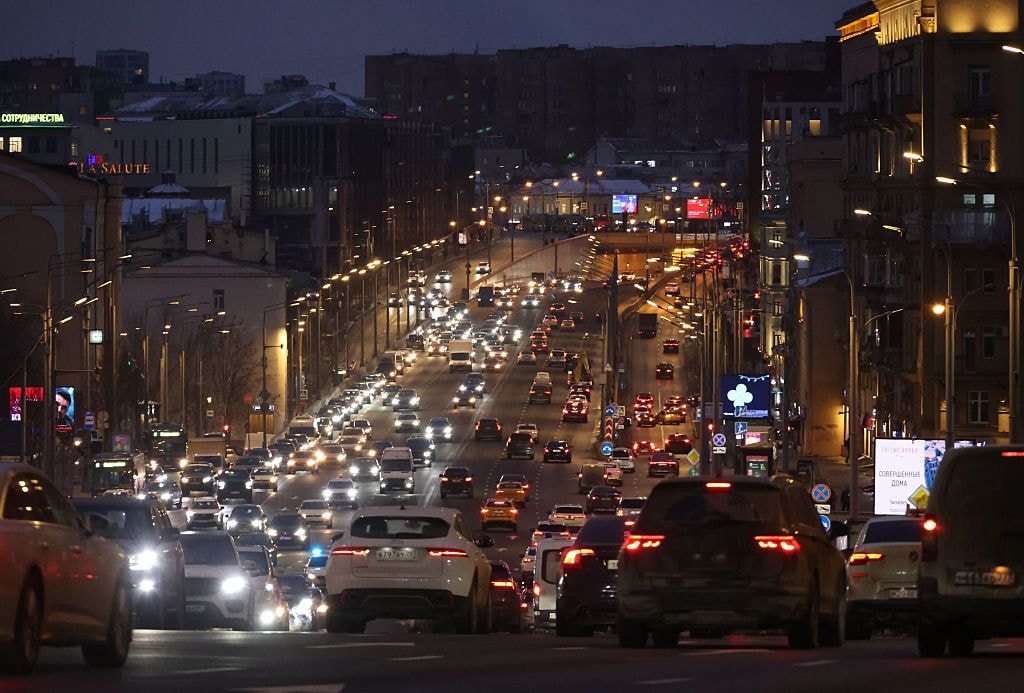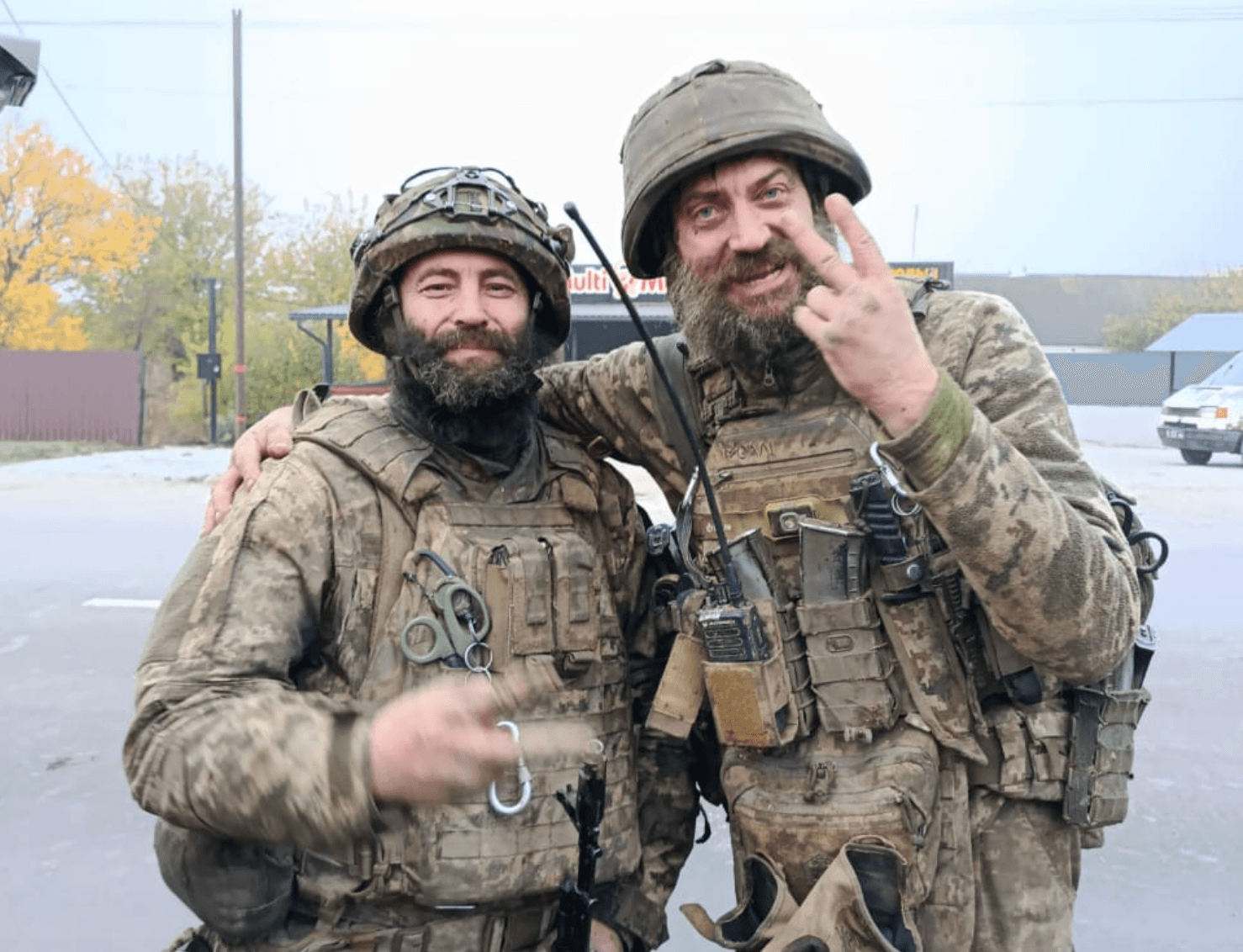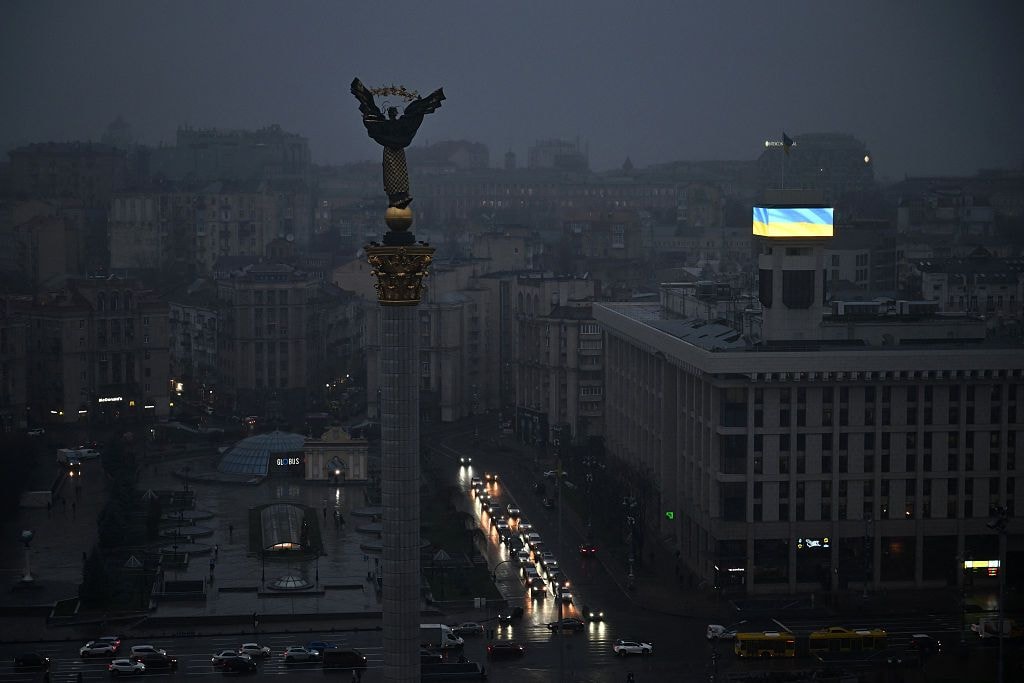
Russia targets Ukraine’s supply lines in Kursk as both cling to gains ahead of peace talks
A Ukrainian tank covered with an anti-drone net drives in Ukrainian-held Russian territory away from the border in Kursk Oblast, Russia, on Aug. 18, 2024. (Ed Ram/For The Washington Post via Getty Images)
Russian forces have ramped up attacks on Ukraine’s logistic networks in Kursk Oblast, further hampering the Ukrainian effort to hold on to the Russian territory it controls ahead of potential peace talks, analysts and soldiers on the ground told the Kyiv Independent.
“The Russians have been on the offensive in Kursk for several months,” said Emil Kastehelmi, a Finnish military analyst from the Black Bird Group open-source intelligence collective.
“They have made only slow progress in the winter of 2024-25, but they seem to be determined,” he added.
While Russia has already rejected the possibility of trading its territory for occupied Ukrainian land, pledging to take the land back by military force, Ukraine continues to see its gains in Kursk Oblast as a bargaining chip in future negotiations.
Since launching an incursion into the Russian region in early August, Ukraine has lost around two-thirds of the territory it initially captured but continues to control the remainder.
Russia’s six-month campaign to push Ukrainian soldiers out of Kursk Oblast, involving around 12,000 North Korean soldiers alongside Russian troops, has proved costly for Moscow.
But with hampered logistics and in light of Washington’s startling alignment with Russia ahead of talks, Ukraine may soon face difficult strategic decisions in the area.
Russia’s recent attacks in Kursk Oblast are focused on cutting off the only route Ukrainians use for resupply from the adjacent Sumy Oblast in northeastern Ukraine.
On the left flank of the Ukraine-controlled salient in Kursk Oblast, Russia launches frequent mechanized assaults that are even more intense than Russian attacks in Pokrovsk, one of the hottest ongoing fights in Ukraine’s east, Ruslan Mykula, a military analyst and co-founder of the DeepState OSINT project, said.
“There are now less than eight kilometers to the main supply road to Sudzha, which is already in range of Russian drones.”
Mechanized attacks — where armored vehicles are used to quickly break through defenses, clearing the way for infantry groups to storm trenches — helped Russia capture the village of Sverdlikovo northwest of Ukrainian-controlled Sudzha last week, Mykula told the Kyiv Independent.
It brought the Russians “uncomfortably close” to key Ukrainian logistical routes, Kastehelmi said.
“There are now less than eight kilometers to the main supply road to Sudzha, which is already in range of Russian drones,” he said, adding the complete cut-off of the route is “unlikely to happen very quickly.”

A Ukrainian artilleryman who has been fighting near Sudzha since August told the Kyiv Independent that the supply situation had deteriorated during the last two weeks.
“(Logistics) are non-existent,” said the soldier going by the callsign “Spys.” The Kyiv Independent doesn't use his first and last name for security reasons.
“The biggest losses of equipment are on the road (between Sumy Oblast and Ukraine’s positions in Kursk Oblast),” he added. “We started rationing (our supplies).”
Russian forces deployed an elite drone unit that “controls the road 24/7 and flies deep into the rear of Ukrainian territory,” according to “Spys.” To be able to use this road, Ukrainian forces have to wait for weather conditions that are unsuitable for drone missions, such as heavy fog or snow.
Ukraine has launched several offensive operations in Kursk Oblast after the initial push in August but has only made limited gains.
“(Russian troops) have a huge advantage in manpower and don’t have such problems with logistics, so Ukrainian offensives usually don’t end well,” Mykula said.
However, before Russia captured Sverdlikovo which allowed the ramping up of attacks on Ukraine’s logistics, Ukrainian forces managed to fend off Russian attacks on the right flank of the salient and retake their positions after an assault made by North Korean infantry last month, “Spys” said.
“(North Koreans were) gaining ground due to the fact that there were so many of them that they simply couldn’t (all) be physically killed,” Mykula said.
Ukrainians still hold the village of Cherkasskaya Konopelka southeast of Sudzha, which they took earlier this month to secure the logistics road on the right flank, despite ongoing Russian assaults. For weeks, ”Spys” says he has not seen North Korean troops in his sector.
Of nearly 12,000 North Korean soldiers deployed in Kursk Oblast, 4,000 were killed and wounded, President Volodymyr Zelensky claimed on Feb. 14. About two-thirds of the 4,000 were killed, according to Zelensky.
Zelensky also claimed that in total, Moscow has lost nearly 20,000 of its soldiers in the battles for Kursk Oblast.
Exhausting Russia’s “human and logistical resources” is one of the key Ukrainian objectives in the area, according to Mykula.
Bringing some of the fiercest battles to Russian soil also means less destruction for Sumy Oblast villages bordering Russia, and losing ground in Kursk is better for Ukraine than losing its own territories to Russia elsewhere along the front line, experts said.
“The Kursk operation costs Ukraine a lot, of course, but it costs (Russia) way more,” Mykula added.











